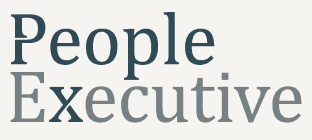McKinsey calls it The Next Normal. Satya Nadella has crystallised the three phases of recovery (First Response, Adjusting the Dial and No Turning Back), the final stage emphasising overall structural change to organisations if they are to survive going forward.
Now that we’ve accepted that the past is a thing of the past, how should the corporate landscape evolve? While each industry will have its own goals and metrics, there are probably a few key factors we can all agree on.
Marketing
When the crisis hit, it’s likely that your budget was the first to be cut. Thankfully, you didn’t moan about it, you were proactive and tried to access customer hearts and minds by giving them all the feels – your company donated to relief efforts; your colleagues responded to your rallying cries by sharing what they had with those less fortunate. You didn’t go off-air, you pivoted, using every trick in a Marketing 101 textbook: social influence, decoys, NOSTALGIA (I’m looking at you, SuperSport – screening Mighty Ducks was a stroke of genius).
Now, your most useful weapon is going to be your customer data – new behaviour and spending patterns are emerging. How will you track this to stay relevant? How will you make the regulations work for you? One local travel company was so wide of the mark when Level 3 hit, encouraging me to book my dream vacation as soon as possible. My security company sends me a daily text to remind me that my home will be safe while I’m away. Don’t fall into the trap of doing what worked before. We’ve all moved on.


